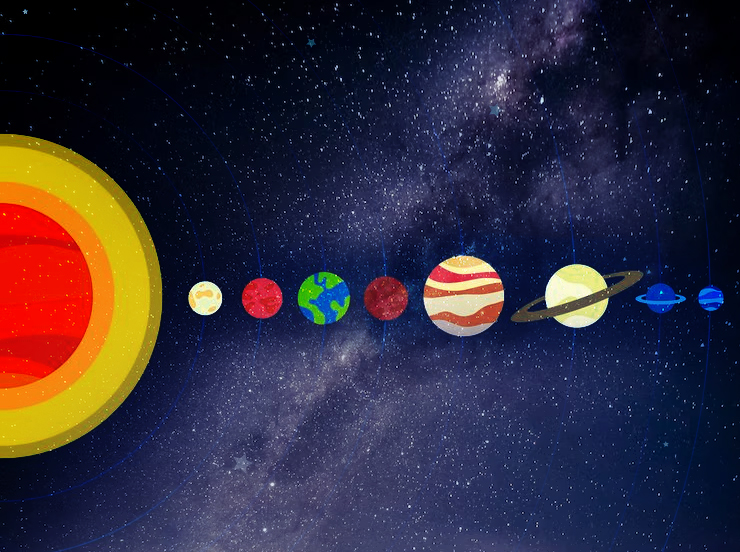Physical Address
304 North Cardinal St.
Dorchester Center, MA 02124
Physical Address
304 North Cardinal St.
Dorchester Center, MA 02124

On February 28, 2025, a rare and breathtaking astronomical event will take place a seven-planet alignment in the skies above Earth. This means that seven of the eight planets in our solar system, Mercury, Venus, Mars, Jupiter, Saturn, Uranus, and Neptune will appear to be lined up along the ecliptic plane.
While planetary alignments happen occasionally, alignments involving seven planets are quite rare and an exciting opportunity for astronomers, stargazers, and space enthusiasts.
A planetary alignment occurs when multiple planets in our solar system appear close together in the sky from Earth’s perspective. This happens because all planets orbit the Sun along roughly the same plane, known as the ecliptic plane. While the planets won’t form a perfectly straight line, they will appear in the same general area of the sky, making for a spectacular celestial display.

During this event, the seven planets will be positioned in such a way that some will be visible to the naked eye, while others will require binoculars or a telescope.
Alignments involving multiple planets are uncommon, especially ones involving seven planets at once. The last significant multi-planet alignment happened in June 2022, but a seven-planet alignment is much rarer. The next major alignments involving multiple planets won’t occur for several years, making the 2025 event a must-see for astronomy enthusiasts.
The seven-planet alignment on February 28, 2025, is a once-in-a-lifetime celestial event that will offer a spectacular view of our solar system’s planets in one part of the sky. Whether you’re an experienced astronomer or just someone who enjoys stargazing, this is an event worth preparing for.